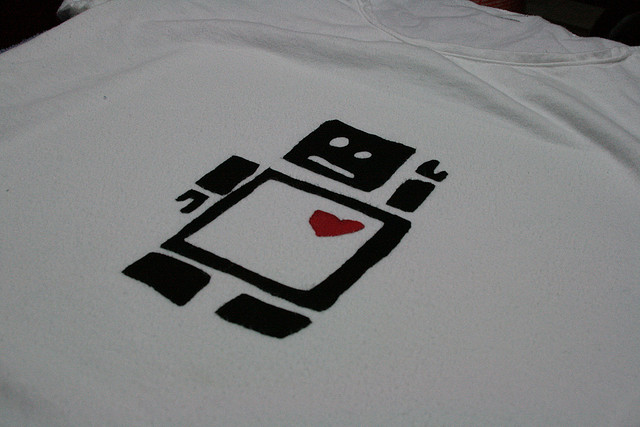This post has already been read 17024 times!
This part three in a series of posts. In part one, I introduced the concept of “process robots”, and showed how they are already being deployed within supply networks to automatically do the work. In part two, I showed how process robots can be used to match supply and demand across a global supply network.
Today I want to show how with advances in platform as a service (PaaS) and cloud infrastructure, there has been significant progress in permission based access and data level security, which is causing supply chain leaders to re-evaluate the deployment of a cloud-based planning layer over their core Enterprise Systems.
Recommended: Webinar: AI for Supply Chain Practitioners
A cloud-based planning layer can enable the sharing of all data, for example the S&OP data discussed earlier in the first two posts, across key stakeholders: manufacturing, distribution, logistics, retail, sales, marketing, brand management etc. This enables collaborative and iterative simulation planning all the way though to transactional execution which takes into consideration pertinent factors such as current demand, projected sales scenarios and supply constraints like lead time and capacity.
What is changing today is the visibility, access, and control provided by a cloud platform in relation to these process robots and the big data that drives them. Just like the dawning of the World Wide Web through the first IMP’s (routers) developed by Frank Heart and his team at BBN in the early 70’s, the Internet of Things (IoT) could change the way we do business forever. With the access we now have to the robots through recent advancements in dashboard design and human interaction, we can combine the best parts of automated decision making with exception based management all facilitated through an easy to use management dashboard, a window of sorts into the world of robot based process automation.
So what is the Internet of Things (IoT)? Basically, it refers to data communication among a large range of assets or devices—from your fridge to your oven, or more pertinently from your inventory to its container, from the container to the carrier, from the pallet to the warehouse. The more your assets can “speak” to one another and share data, the more they can work together to help you improve your processes.
While 2014 is still early in the IoT game, we won’t have to wait long for this global supply network of the future to arrive. It is already becoming pervasive in the medical device market, with home health taking center stage through both specific devices designed to monitor various conditions to general devices like smart phones enabled with software to track high blood pressure.
In the future vision for the “Internet of Things” that I subscribe to, each item you may manufacture or sell is tagged. You know exactly how many you have, and where each one may be in the world at any given time. The same applies to your employees, trading partners, vendors, and peers. It’s time to deploy the cloud platforms that will create competitive differentiation for your company, your employees, your trading partners, and your shareholders.
What do you think? Are you ready for process robots and the IoTs?
Watch Now: AI for Supply Chain Practitioners
- What Constitutes a True Supply Chain Network? - April 8, 2024
- Where AI Actually Matters in the Supply Chain - September 12, 2023
- Enhancing Blockchain for Supply Chain - October 17, 2017
